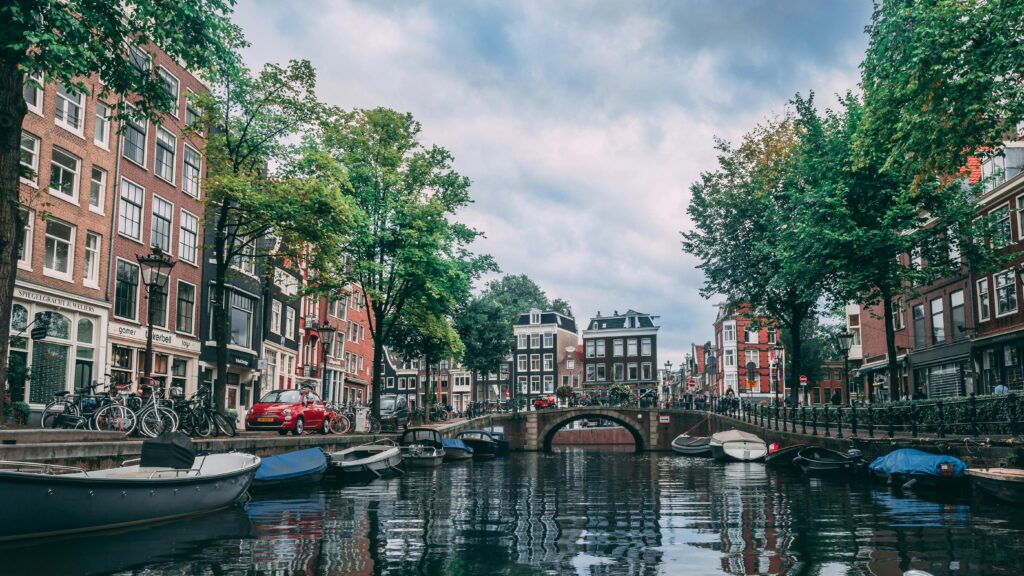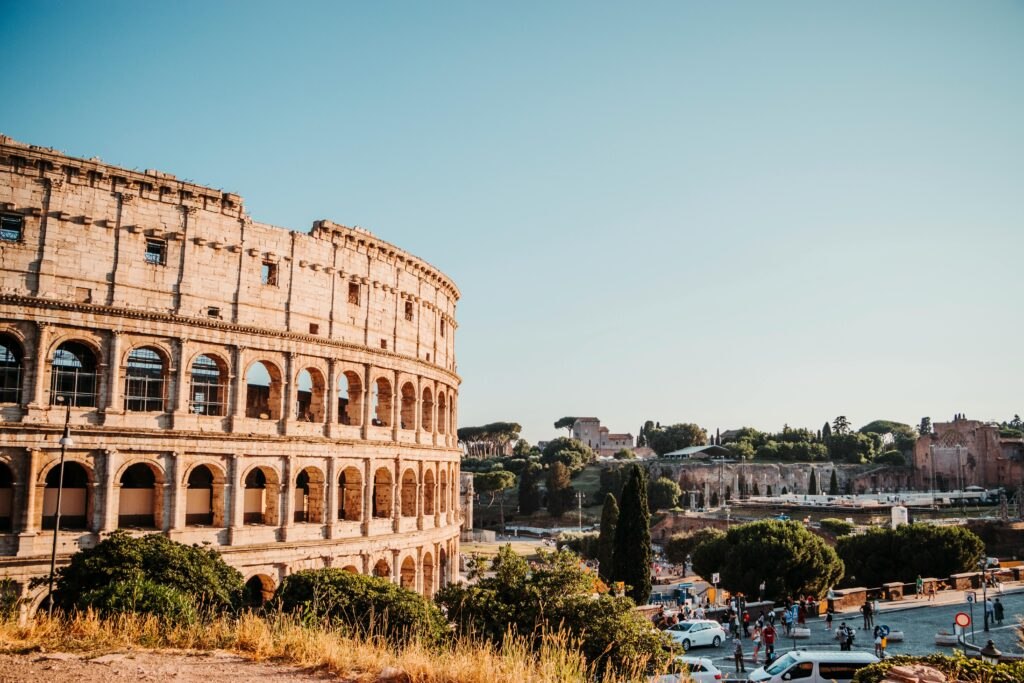The 12 Best Cities to Visit in Portugal
Portugal, a country full of history and culture, unfolds its story through its cities. Each urban center is a chapter in the nation’s narrative, reflecting a unique blend of tradition and modernity. From the cobblestone streets that whisper tales of centuries gone by to the vibrant pulse of contemporary life, Portugal’s cities offer a dynamic mosaic of experiences.
Steeped in architectural elegance, the cities boast a rich heritage, with landmarks that stand as testaments to the country’s journey through time. In the lively streets, you’ll find a fusion of old-world charm and a thriving cosmopolitan energy, where traditional markets coexist with trendy boutiques and historic squares host bustling cafes. Beyond the stone facades, Portugal’s cities beckon exploration, inviting visitors to savor the warmth of its people, indulge in culinary delights, and immerse themselves in the rhythmic heartbeat of urban life.
These are the 12 best cities to visit in Portugal:
1. Lisbon

Lisbon, the capital of Portugal, is a city that effortlessly blends tradition and modernity. Set against the backdrop of seven hills, its streets are a mosaic of colorful tiles, historic architecture, and vibrant neighborhoods. The air is filled with a mix of the Atlantic breeze and the sounds of Fado, a soul-stirring Portuguese music genre.
The heart of the city is Rossio Square, surrounded by pastel-colored buildings and adorned with a stunning wave-patterned mosaic. Wander through the narrow, winding streets of the Alfama district, where traditional Fado houses and medieval structures create a captivating atmosphere.
Lisbon’s historic tram 28 rattles through major districts, offering a charming journey through the city’s iconic sights. Be sure to visit Belém, home to the impressive Belém Tower and the Jerónimos Monastery, both UNESCO World Heritage sites. And don’t forget to savor a pastel de nata, a delicious custard tart, from the famous Pastéis de Belém bakery.
Lisbon’s vibe is laid-back and welcoming, making it easy to fall in love with its charm, warm climate, and the genuine friendliness of its people.
2. Porto
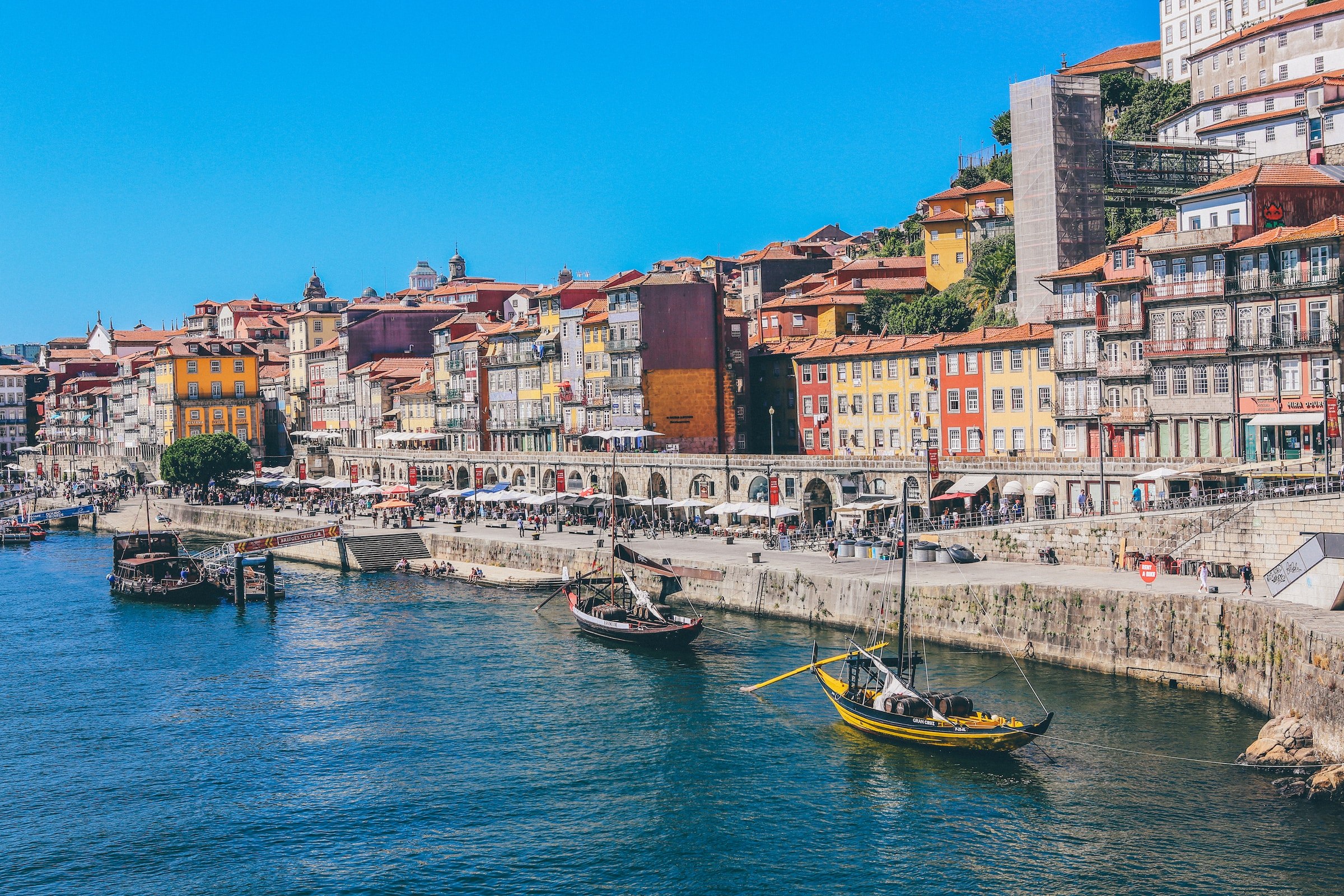
Porto, a city draped over the hills along the Douro River, is a tapestry of history, culture, and vibrant energy. Cobbled streets wind their way through the Ribeira district, where colorful buildings stand in testament to centuries gone by. The iconic Dom Luís I Bridge spans the river, connecting the bustling Ribeira with the cellars of Vila Nova de Gaia, where the sweet nectar of Port wine matures in oak barrels.
Porto is a city that proudly wears its architectural heritage. From the imposing Sé Cathedral to the ornate Livraria Lello, its buildings tell stories of times both prosperous and challenging. The city’s spirit is embodied in its people, who exude warmth and a deep-rooted sense of identity. Cafés and tascas buzz with animated conversations, accompanied by the clinking of glasses filled with the local vinho verde.
The Livraria Lello, with its stunning Art Nouveau facade, is a bibliophile’s dream. It’s not just a bookstore, legend has it that J.K. Rowling, who once lived in Porto, drew inspiration from Livraria Lello while conceptualizing the Hogwarts School of Witchcraft and Wizardry. The bookstore’s mystical atmosphere and grandeur are believed to have influenced the description of certain magical spaces in the Harry Potter series.
So, if you find yourself wandering through the aisles of Livraria Lello, you might just sense a hint of magic, as if the echoes of spells and enchantments linger in the air, connecting Porto to the wizarding world of Harry Potter.
Porto, with its blend of old-world charm and contemporary vibrancy, invites exploration and promises an unforgettable journey through Portugal’s rich tapestry.
3. Sintra
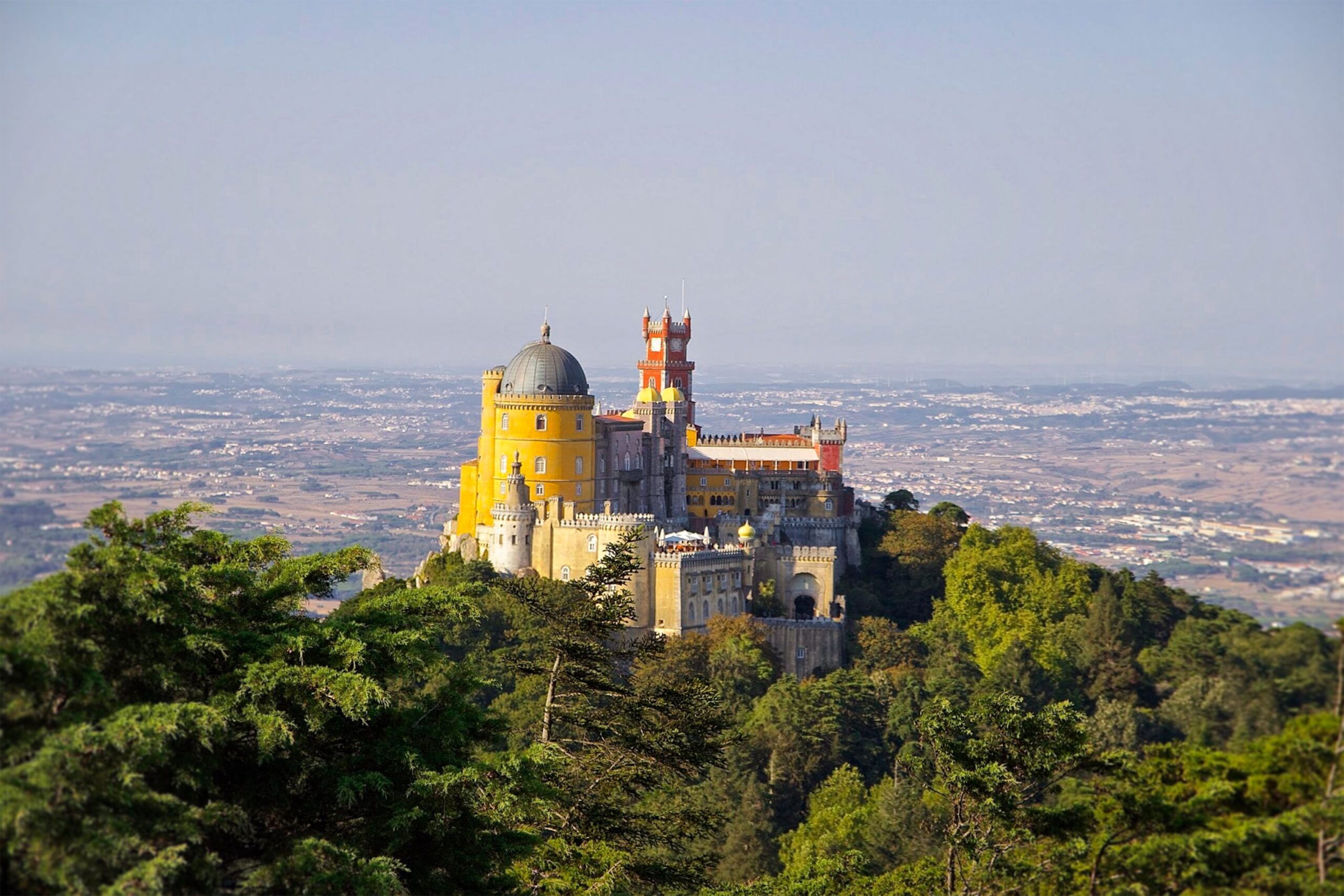
Sintra is like a fairy-tale town nestled in the lush hills of Portugal, just a short journey from Lisbon. The town is renowned for its romantic 19th-century architecture, including the colorful Pena Palace, which looks like it was plucked from the pages of a storybook. The narrow, winding streets are lined with charming pastel-colored houses and boutiques, creating a whimsical atmosphere that transports you to another era.
Sintra’s natural beauty is equally captivating, with dense forests, parks, and gardens surrounding the town. The Moorish Castle perched on a hill offers breathtaking views of the landscape. The town’s historic center is a UNESCO World Heritage site, and as you explore it, you’ll encounter enchanting details like the intricate tilework and decorative facades of buildings.
Sintra is not just a feast for the eyes; it’s also a treat for the taste buds. Don’t miss the opportunity to indulge in the local pastries, particularly the famous “travesseiros” and “queijadas”, which are sure to add a sweet note to your visit. Whether you’re a history buff, nature lover, or simply someone seeking a magical escape, Sintra is a destination that weaves together the elements of fantasy and reality in a truly mesmerizing way.
4. Braga
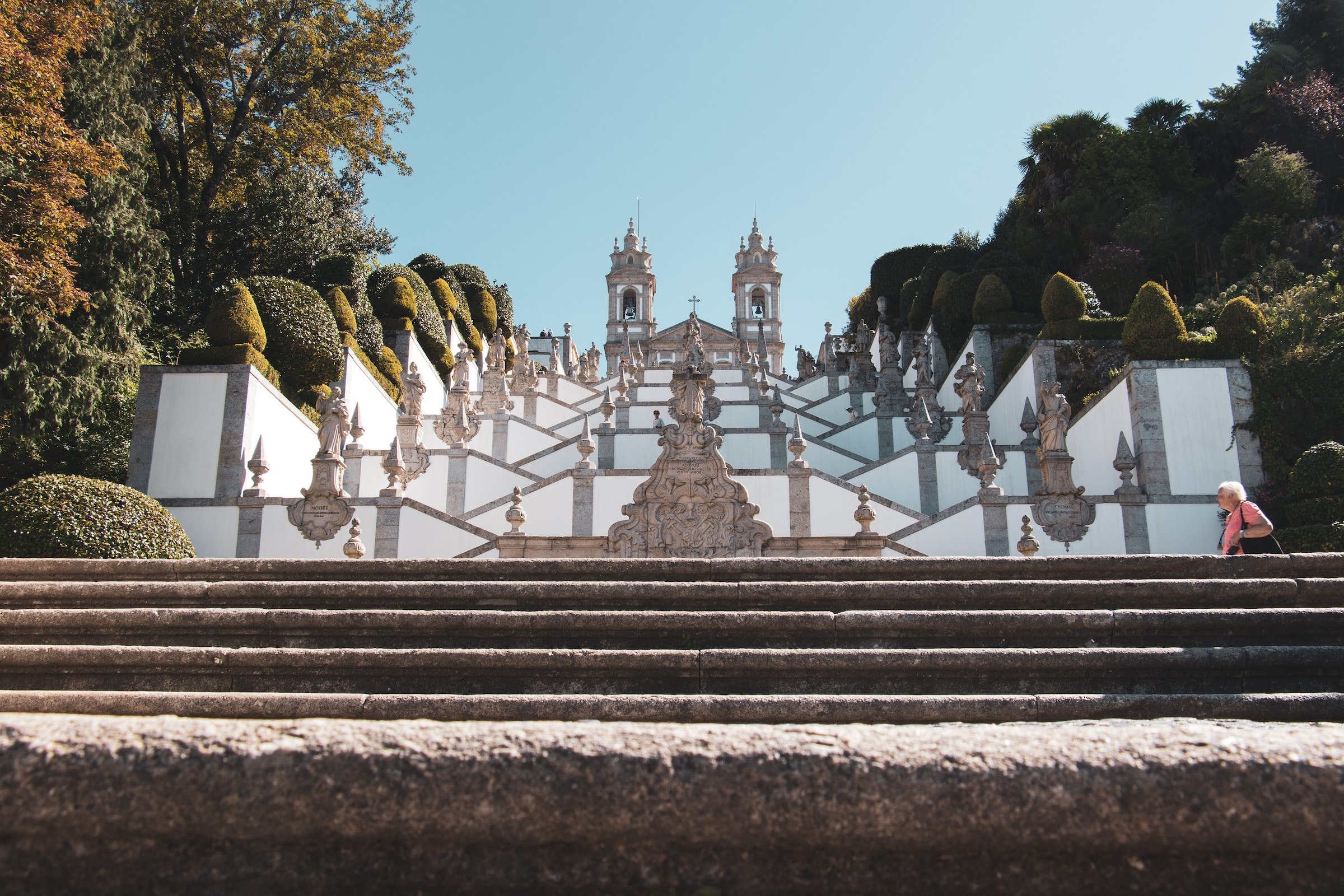
Braga is a charming city in northwestern Portugal, known for its rich history, religious significance, and vibrant atmosphere. Often referred to as the “Portuguese Rome,” Braga is steeped in religious and cultural heritage. One of its notable landmarks is the Bom Jesus do Monte, a stunning sanctuary with a baroque staircase that pilgrims climb for penance.
Apart from its religious sites, Braga boasts a lively city center with narrow streets, historic buildings, and a youthful energy thanks to its large student population. The Sé de Braga, the city’s cathedral, is another must-visit, showcasing a mix of architectural styles reflecting its long history.
The city also embraces modernity, with contemporary cafes, shops, and a lively arts scene. The locals, known for their warmth and friendliness, contribute to the welcoming atmosphere. Overall, Braga is a delightful blend of tradition and modernity, making it a compelling destination for those seeking a taste of Portugal’s diverse cultural tapestry.
5. Coimbra
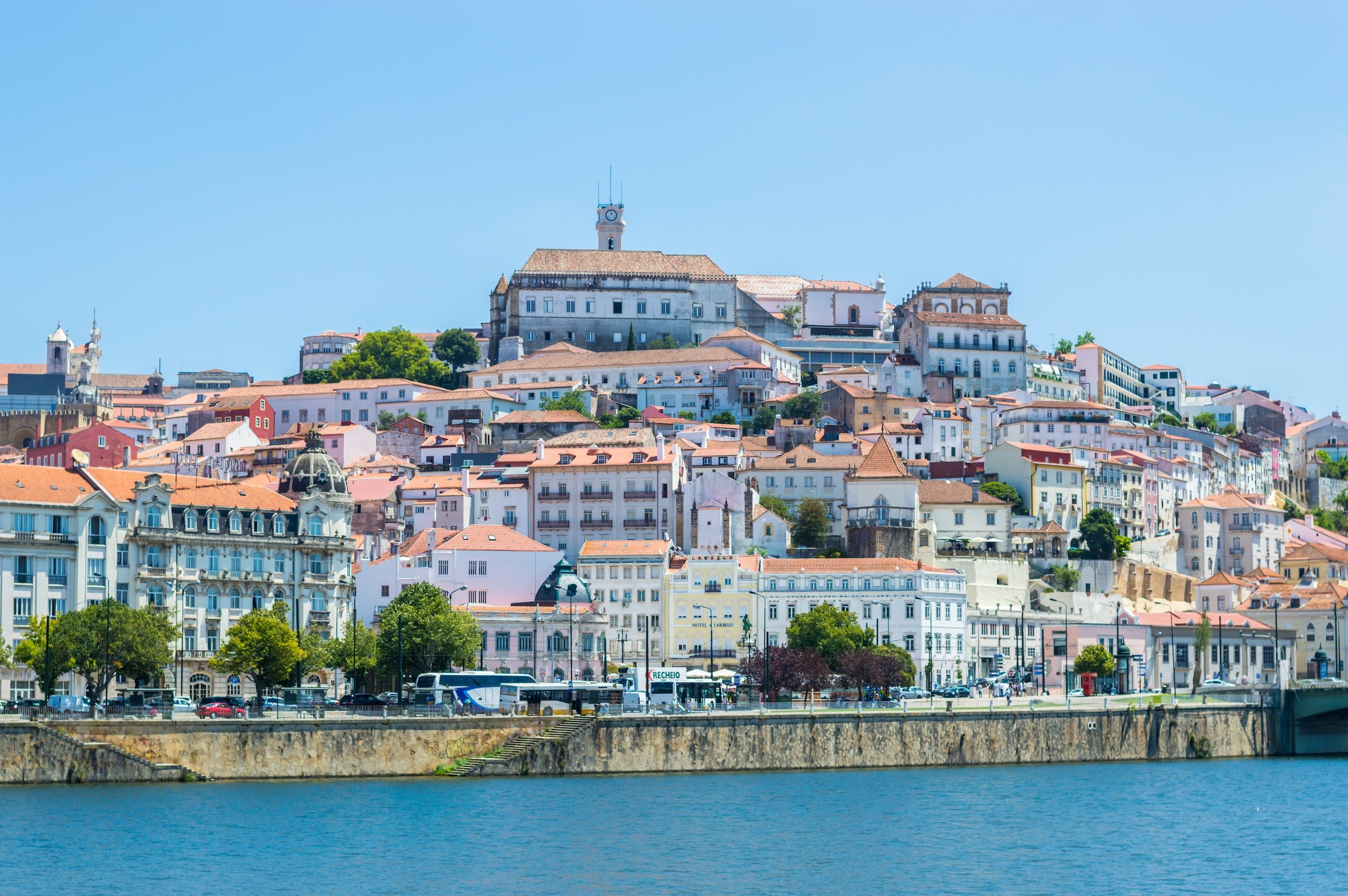
Coimbra, often referred to as the “City of Students,” is a charming and historic city in central Portugal. Nestled along the banks of the Mondego River, Coimbra is renowned for its rich cultural heritage and academic prominence. The city is home to one of the oldest universities in Europe, the University of Coimbra, which adds a vibrant and youthful atmosphere to the area.
The historic center of Coimbra is a maze of narrow, winding streets, where medieval architecture and traditional Portuguese charm blend seamlessly. One of the most iconic landmarks is the University’s Joanina Library, a Baroque masterpiece known for its resident bat colonies that protect ancient books from insects.
The University of Coimbra itself is a UNESCO World Heritage site, and its Royal Palace, with its ornate Sala dos Capelos, is a must-visit. The university’s hilltop location offers panoramic views of the city and the river below.
Coimbra is also known for its stunning botanical garden, the Jardim Botânico, which is not only a haven of biodiversity but also provides a peaceful retreat for locals and visitors alike.
6. Ponta Delgada, Azores
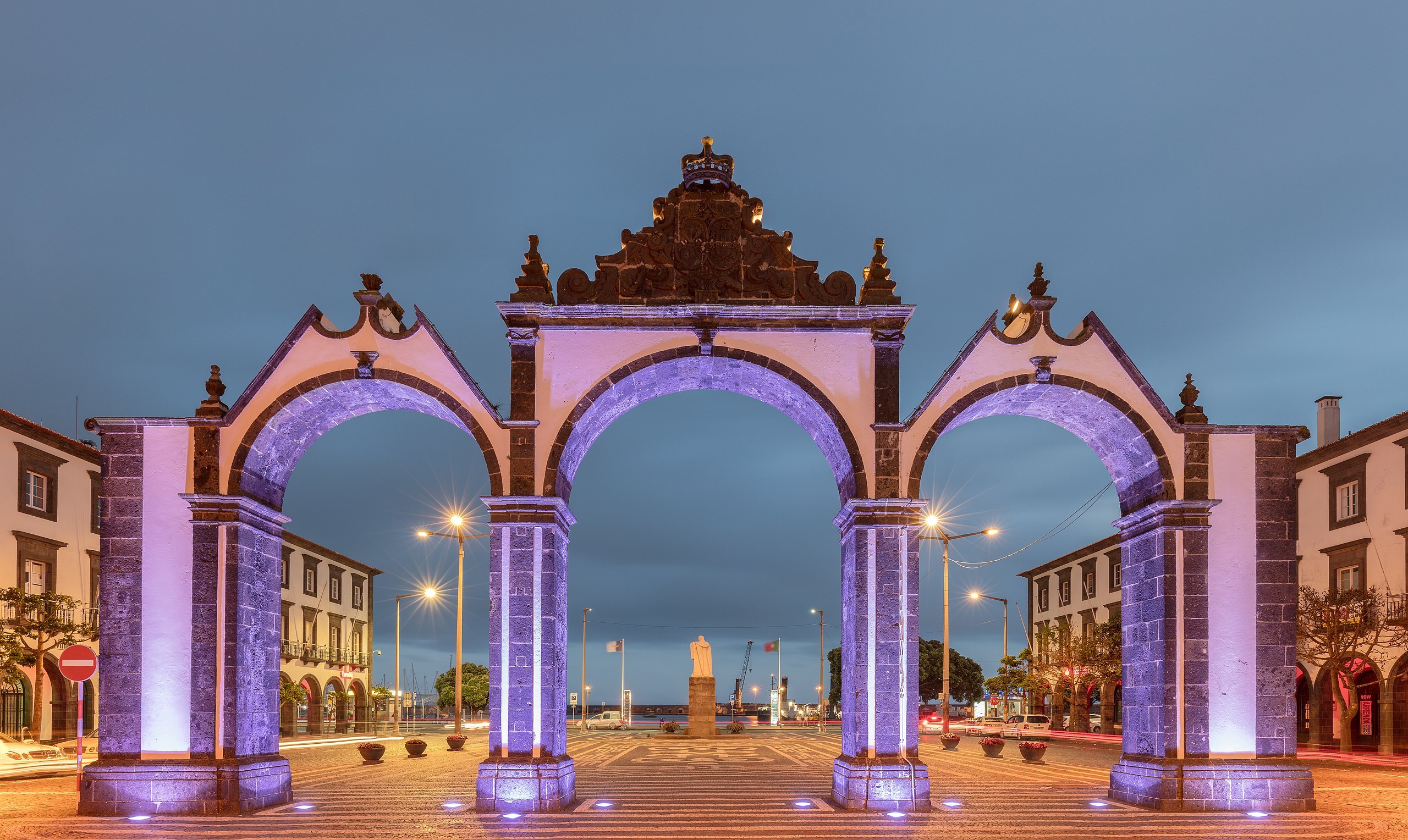
Ponta Delgada is a charming city nestled on the island of São Miguel in the Azores archipelago. The capital of the Azores, Ponta Delgada is a picturesque blend of natural beauty and historic charm. The city is characterized by its cobblestone streets, colorful buildings adorned with wrought-iron balconies, and beautiful gardens.
One of the prominent landmarks in Ponta Delgada is the Portas da Cidade (City Gates), a set of impressive arches that welcomes visitors to the city. The harbor is a bustling area, with fishing boats and yachts adding to the maritime atmosphere. The city’s waterfront is lined with cafes and restaurants, offering a perfect spot to enjoy local cuisine while taking in the ocean views.
Ponta Delgada is known for its lush greenery and botanical gardens, such as the José do Canto Garden and the Antonio Borges Garden, providing a peaceful escape within the city. The iconic Sete Cidades Twin Lakes, a stunning natural wonder, are located nearby and are a must-visit for breathtaking landscapes.
The city also boasts historical sites like the São Sebastião Church, displaying intricate architecture and religious artifacts. For those interested in local culture, the Carlos Machado Museum offers insights into the history and heritage of the Azores.
Ponta Delgada is not just a gateway to the natural wonders of São Miguel but a destination in itself, inviting visitors to explore its unique blend of history, culture, and scenic beauty.
7. Funchal, Madeira

Funchal, the capital of Madeira, is a charming city nestled between the hills and the Atlantic Ocean. With its colorful architecture, lush greenery, and a mix of modern and historic elements, Funchal offers a unique blend of beauty and culture.
The city is known for its botanical gardens, showcasing a rich variety of exotic plants from around the world. The vibrant Mercado dos Lavradores (Farmers’ Market) is a feast for the senses, where you can explore local produce, flowers, and traditional crafts.
Funchal’s historic core is filled with narrow cobblestone streets, leading to quaint cafes, shops, and historic landmarks. The Sé Cathedral, dating back to the 15th century, stands as a prominent symbol of the city’s history.
One of Funchal’s highlights is the Monte Palace Tropical Garden, offering breathtaking views of the city and the ocean. Visitors can also experience the famous Monte Toboggan Ride, a thrilling descent in a wicker sled guided by local operators.
The waterfront area, with its promenade and marina, is perfect for a stroll, and it comes alive with restaurants serving fresh seafood and local cuisine. Funchal’s mild climate adds to its allure, making it an inviting destination for those seeking a blend of natural beauty, history, and relaxation.
8. Portimão
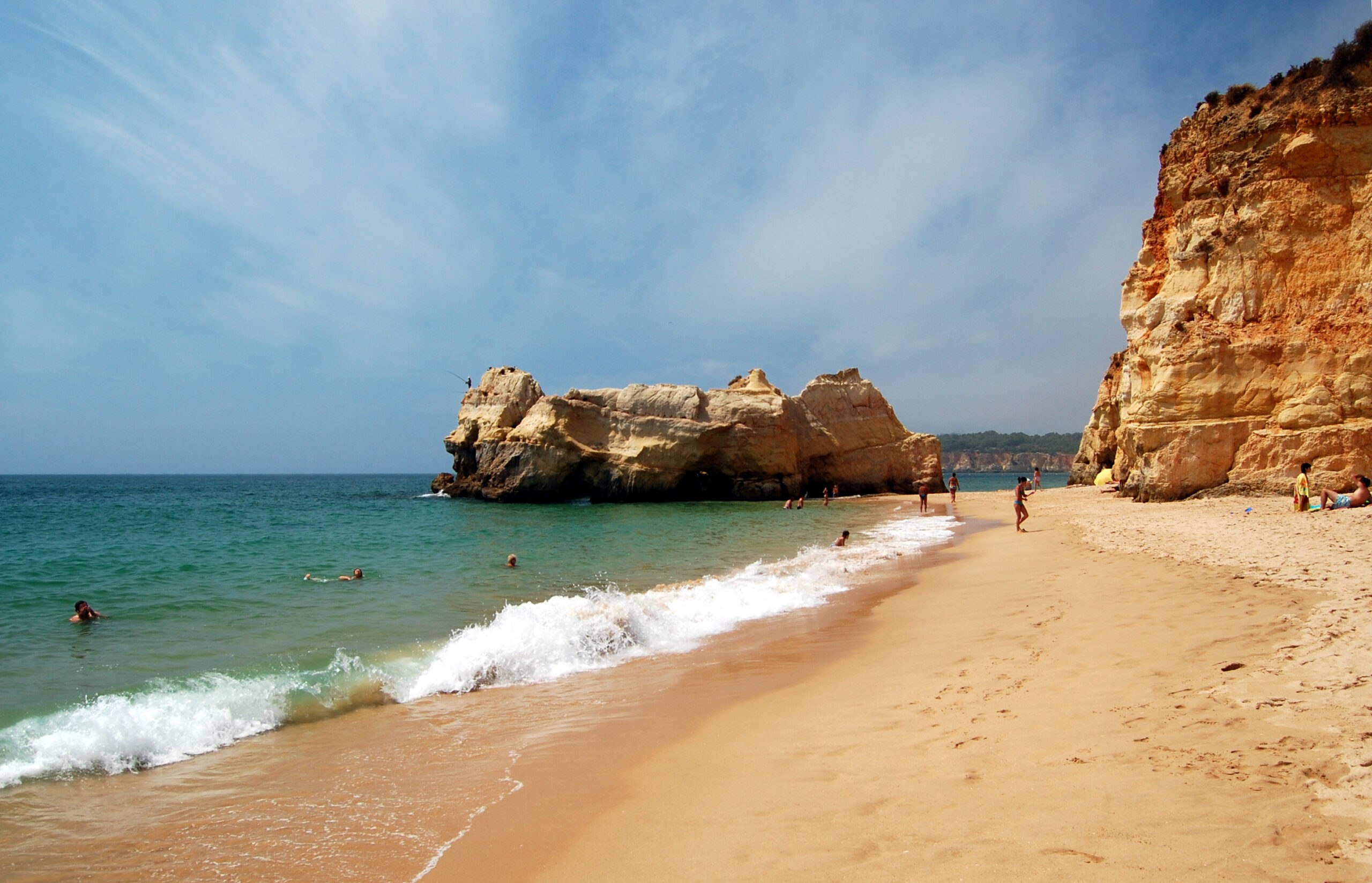
Portimão is a sun-soaked coastal town in the southern region of Portugal, known for its vibrant atmosphere and beautiful beaches. Located in the Algarve, Portimão boasts a picturesque waterfront along the Arade River, lined with colorful buildings and palm trees. The town is a popular destination for both tourists and locals seeking a mix of relaxation and entertainment.
Praia da Rocha, one of the most famous beaches in the Algarve, is just a stone’s throw away from Portimão. With its golden sands and dramatic cliffs, it provides a stunning backdrop for sunbathing and water activities. The beach is complemented by a lively promenade filled with restaurants, bars, and shops, creating a lively and bustling atmosphere.
Portimão is also known for its vibrant nightlife. The town comes alive after the sun sets, with numerous bars and clubs offering a variety of entertainment options. Whether you’re looking for a quiet evening by the sea or a night of dancing and socializing, Portimão has something for everyone.
In addition to its coastal charm, Portimão is home to historical sites such as the Church of Nossa Senhora da Conceição and the Fort of Santa Catarina, adding a touch of culture to the sun-and-surf experience. The local cuisine, featuring fresh seafood and traditional Portuguese dishes, is another highlight for visitors exploring this delightful seaside town.
9. Aveiro

Aveiro, often called the “Venice of Portugal,” is a charming coastal city known for its picturesque canals, colorful Moliceiro boats, and vibrant Art Nouveau architecture. Nestled on the shores of the Ria de Aveiro, this city seamlessly blends tradition with youthful energy due to its university population.
The heart of Aveiro is its central canal, where you can take a relaxing boat ride to explore the city from a unique perspective. The historic center is a maze of cobblestone streets lined with pastel-colored buildings adorned with intricate azulejo tiles. These tiles often depict maritime scenes, reflecting Aveiro’s strong connection to the sea.
Aveiro is renowned for its traditional salt production, and you can visit the salt pans to learn about this ancient industry. The local cuisine is a treat for seafood lovers, with fresh catches from the nearby Atlantic enriching the menus of the city’s restaurants.
The University of Aveiro adds a dynamic and cultural touch to the city, with its modern architecture and a lively atmosphere. Aveiro’s residents, known as “Aveirenses,” are friendly and proud of their city’s unique identity.
Whether you’re strolling along the canals, enjoying a meal of delicious seafood, or exploring the cultural richness, Aveiro offers a delightful experience that captures the essence of Portugal’s coastal beauty.
10. Guimarães
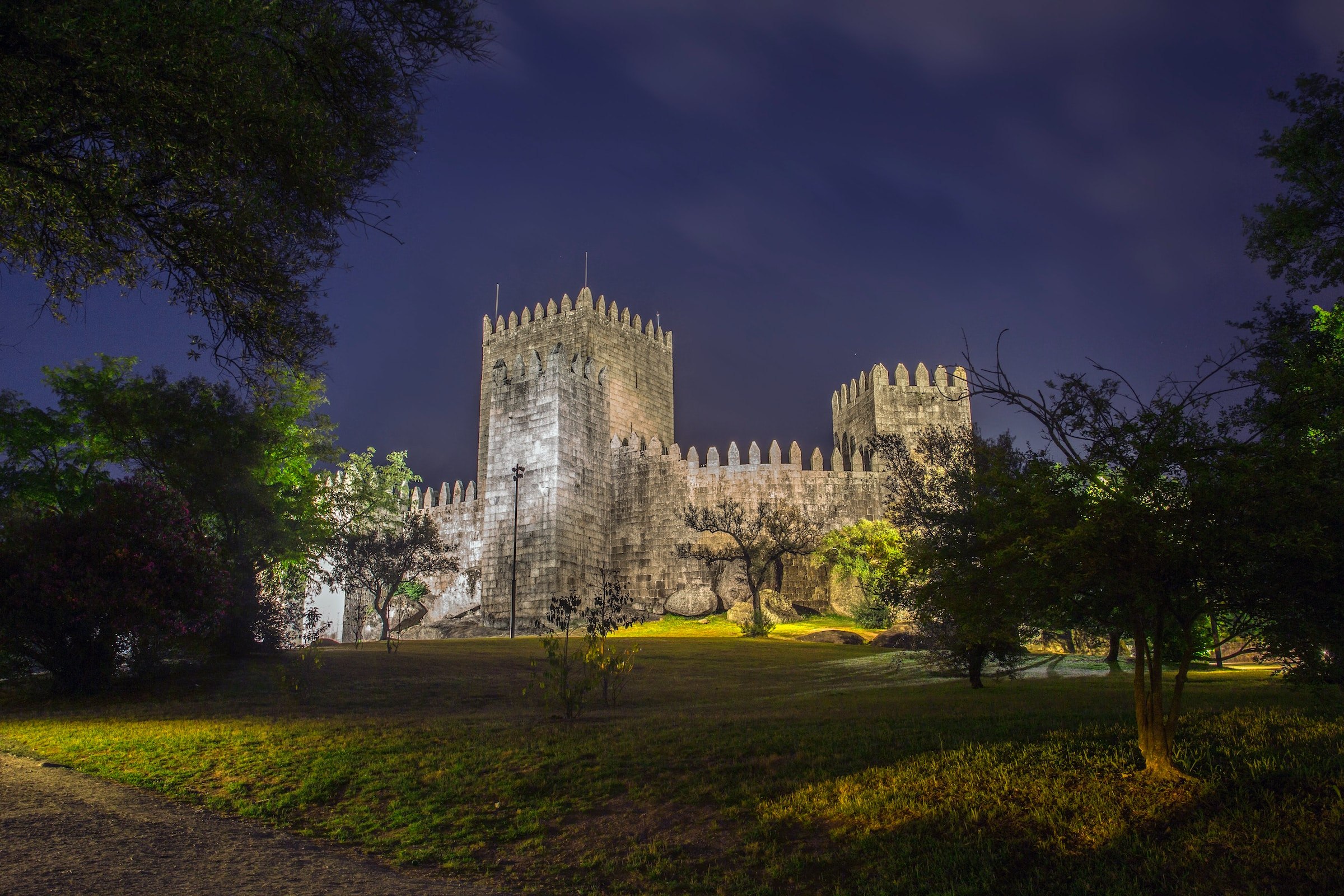
Guimarães, often referred to as the “Birthplace of Portugal,” is a city that exudes historical charm and cultural significance. Nestled in the lush green landscape of northern Portugal, Guimarães is known for its well-preserved medieval architecture and a strong sense of national identity.
The city’s historic center is a UNESCO World Heritage site, featuring narrow cobblestone streets, picturesque squares, and buildings that showcase a blend of Gothic, Romanesque, and Baroque styles. The iconic Guimarães Castle, dating back to the 10th century, stands proudly atop a hill, offering panoramic views of the surrounding area.
One cannot mention Guimarães without highlighting the Paço dos Duques de Bragança, a majestic palace that once served as the residence of the Dukes of Braganza. Its grandeur and intricate detailing make it a must-visit for history enthusiasts.
The city’s lively atmosphere is complemented by charming cafes, local markets, and a welcoming community. Guimarães takes pride in its role in Portuguese history and its status as a symbol of the nation’s foundation. Whether you’re strolling through the historic streets or exploring the lush landscapes nearby, Guimarães invites you to step back in time and experience the rich tapestry of Portugal’s past.
11. Vilamoura
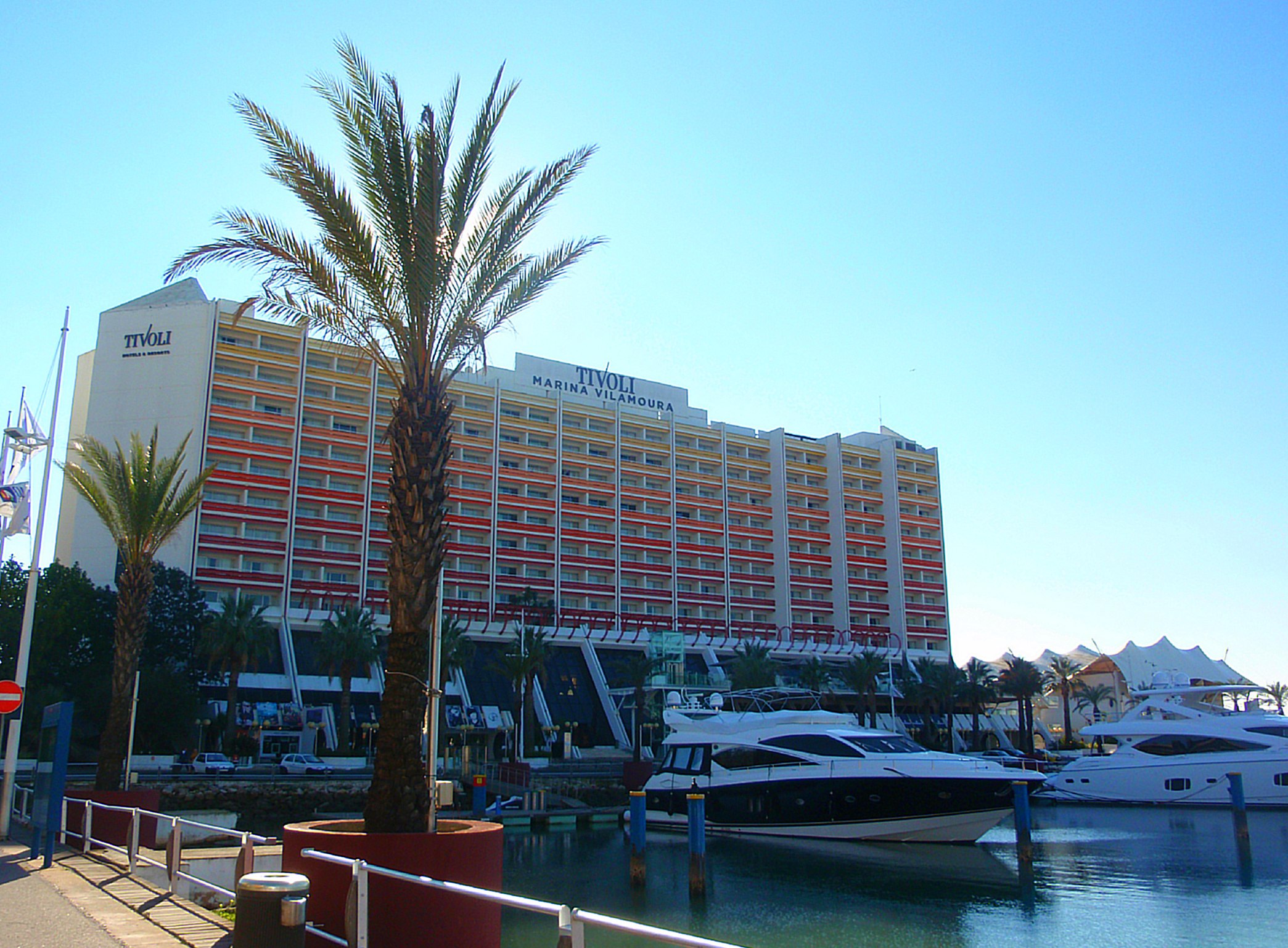
Vilamoura, located in the Algarve region of Portugal, is a vibrant and upscale resort town known for its luxurious amenities and beautiful landscapes. The heart of Vilamoura is its marina, a sophisticated hub surrounded by shops, restaurants, and bars. Yachts of all sizes line the marina, creating a glamorous and cosmopolitan atmosphere.
Golf enthusiasts will find Vilamoura to be a paradise, as the town is home to several world-class golf courses. The meticulously designed courses attract golfers from around the globe, making Vilamoura a premier destination for golf vacations.
In addition to golf and sailing, Vilamoura offers a range of water sports and outdoor activities. The pristine beaches, such as Falesia Beach, provide a relaxing escape with golden sands and clear blue waters.
The town’s architecture is a blend of modern luxury and traditional Portuguese charm. Vilamoura also boasts a lively nightlife scene, with bars and clubs catering to diverse tastes.
Whether you’re seeking relaxation, outdoor adventures, or a taste of the high life, Vilamoura has something to offer for every discerning traveler.
12. Fátima

Fátima, located in central Portugal, is renowned for its religious significance. The town gained prominence due to the reported apparitions of the Virgin Mary to three young shepherd children in 1917. The Sanctuary of Our Lady of Fátima attracts millions of pilgrims each year, making it one of the most important Marian shrines in the world.
The sanctuary complex includes the Basilica of Our Lady of the Rosary, where the tombs of the three shepherd children, Lucia, Francisco, and Jacinta, are located. The Chapel of the Apparitions marks the spot where the Virgin Mary is believed to have appeared to the children.
Fátima is not only a place of religious pilgrimage but also a peaceful town with a serene atmosphere. The Sanctuary Square is a focal point, and the candlelight processions that take place in the evenings create a spiritually moving experience for visitors. Beyond its religious significance, Fátima offers a quiet and reflective setting, surrounded by picturesque landscapes.


